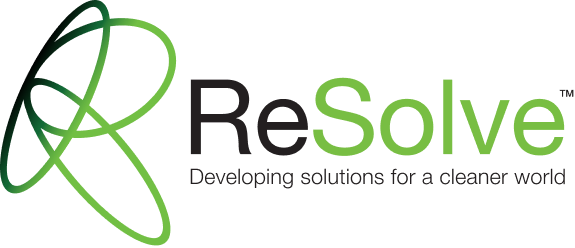PFAS the “forever chemical” is everywhere.
The U.S. Environmental Protection Agency (EPA) is the federal agency regulating PFAS. With some reliance on the EPA for guidance, state legislatures and environmental agencies have started developing PFAS regulations in their states. According to the EPA, per- and poly-fluoroalkyl (PFAS), the “forever chemicals” that dominate discussion and concerns today about manufactured chemicals in our environment, are the byproduct of the progress of the industrial age.


PFAS are persistent organic pollutants that remain in the environment for long periods of time.
PFAS chemicals are man-made and deemed breakthrough technology for their practical application when used in manufacturing water-resistant, grease-resistant or non-flammable products. To name a few, think of objects such as non-stick cookware, fire suppression foam, waterproof cosmetics, dental floss, stain-proofing, microwave popcorn bags, plastic condiment containers, sneaker leather, touch screens on electronics, and household cleaning products. Today, there are about 4,700 different PFAS chemical compounds, and new compounds are still being invented.

Left unresolved, PFAS may harm our ecosystem.
According to the EPA, most people in the United States have been exposed to PFAS due to its widespread production and use and its ability to move and persist in the environment. While we can’t distinctly see PFAS molecules, they are surrounding us. PFAS is chemically stable and can survive in our bodies and the environment for many years - in the air we breathe, the soil our food is grown in, and the water we drink. It’s a global issue and, therefore, a global challenge.
some solutions are better than others.
Clean Earth have over 30 years of expertise in managing contaminated and hazardous materials. We bring that same level of experience through ReSolve, our PFAS remediation program dedicated to helping communities deal with the dangers of PFAS in soil and water.



